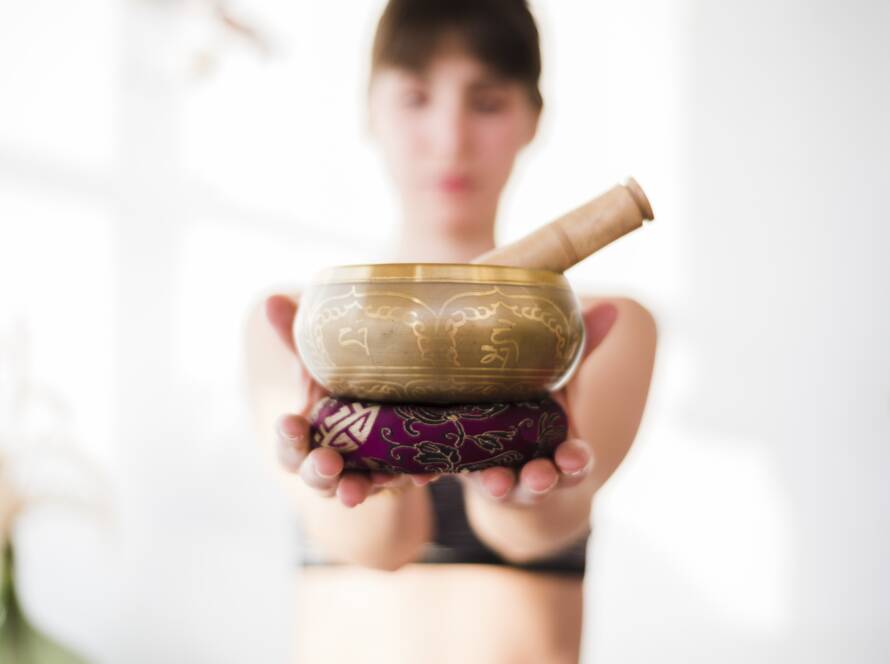
Vipassana, which means “insight” or “clear seeing,” is one of India’s most ancient techniques of meditation. Rediscovered by Gotama Buddha more than 2,500 years ago, it is a universal remedy for universal problems and has no sectarian or religious affiliation. The practice of Vipassana meditation aims to eradicate mental impurities and lead to a state of heightened awareness and liberation.
Principles of Vipassana Meditation
The essence of Vipassana is to see things as they really are. It involves a systematic observation of the mind-body connection through disciplined awareness of sensations. The practice is founded on three main principles:
- Sīla (Moral Conduct): This is the foundation of the practice, ensuring a base of ethical behavior. It includes abstaining from killing, stealing, sexual misconduct, lying, and intoxicants.
- Samādhi (Concentration): Developing mastery over the mind by focusing attention. Anapana, the practice of observing the natural breath, is often used to sharpen concentration.
- Paññā (Wisdom): Cultivating insight by observing sensations and understanding their nature. This insight leads to the realization of the impermanence, suffering, and non-self.
The Practice of Vipassana Meditation
Preparation:
Anapana (Focus on Breath):
- Start with observing your natural breath as it enters and leaves the nostrils.
- Focus on the area below the nostrils and above the upper lip.
- If the mind wanders, gently bring it back to the breath.
Observation of Sensations:
- Once concentration is established, shift focus to bodily sensations.
- Observe sensations systematically from head to feet and vice versa.
- Maintain equanimity, neither craving pleasant sensations nor rejecting unpleasant ones.
Mindfulness and Equanimity:
- Remain aware of each sensation with a balanced mind.
- Understand the impermanent nature of sensations (Anicca) – they arise and pass away.
- This awareness and understanding help in reducing attachments and aversions.
Daily Practice:
- Consistency is key. Practice for at least 10-15 minutes daily, gradually increasing the duration.
- Incorporate mindfulness into daily activities, maintaining awareness and equanimity in all situations.
The Benefits of Vipassana Meditation
Mental Clarity and Focus:
- Regular practice enhances concentration, memory, and cognitive functions.
- It cultivates a calm and focused mind, essential for effective decision-making and problem-solving.
Emotional Regulation:
- Vipassana helps in understanding and managing emotions.
- It reduces stress, anxiety, and depression by fostering a balanced and non-reactive approach to experiences.
Personal Transformation:
- The practice encourages self-awareness and introspection, leading to profound personal growth.
- It aids in breaking negative habits and developing positive qualities such as compassion, empathy, and resilience.
Physical Health:
- The reduction in stress and anxiety positively impacts physical health, lowering the risk of stress-related illnesses.
- Improved concentration and mental clarity also contribute to better overall well-being.
Challenges and How to Overcome Them
Restlessness and Distraction:
- It’s common to experience restlessness and frequent distractions, especially for beginners. Patience and perseverance are essential.
- Gently bring your focus back to the breath or sensations without frustration.
Physical Discomfort:
- Sitting for extended periods can cause discomfort. Adjust your posture as needed and gradually increase sitting time.
- Use cushions or a chair if necessary, ensuring that the back remains straight.
Emotional Turmoil:
- Deep-seated emotions may surface during practice. Observe them without reaction and understand their impermanent nature.
- Seek guidance from experienced practitioners or teachers if needed.
Consistency:
- Maintaining regular practice can be challenging. Establish a routine and set realistic goals.
- Join a meditation group or community for support and encouragement.
Vipassana Retreats
Attending a Vipassana retreat can deepen your practice. These retreats, typically lasting 10 days, provide an immersive environment with strict schedules, noble silence, and guidance from experienced teachers. Participants learn the technique step-by-step and experience the profound benefits of intensive practice.
Conclusion
Vipassana meditation is a powerful tool for personal transformation, offering deep insights into the nature of the mind and reality. By cultivating mindfulness and equanimity, practitioners can overcome mental impurities and achieve a state of inner peace and liberation. Regular practice, patience, and perseverance are key to experiencing the full benefits of Vipassana meditation.



